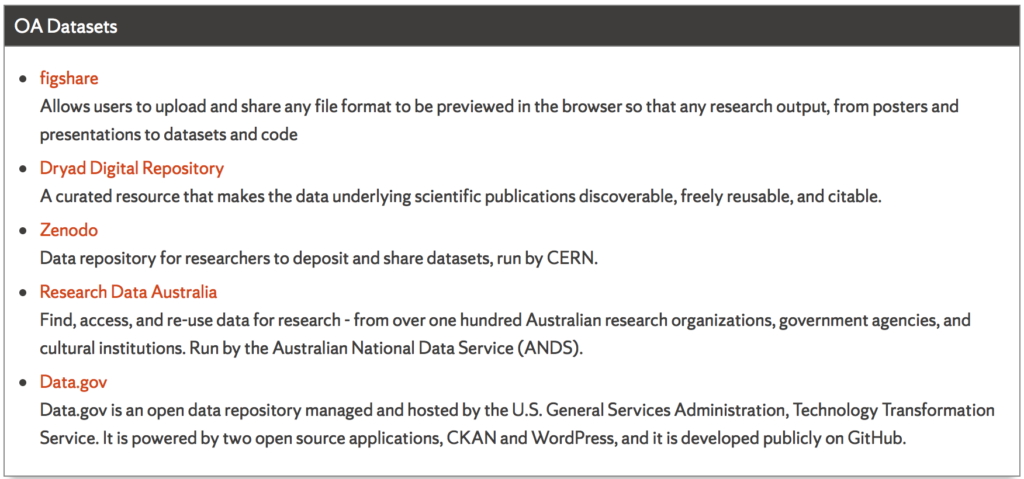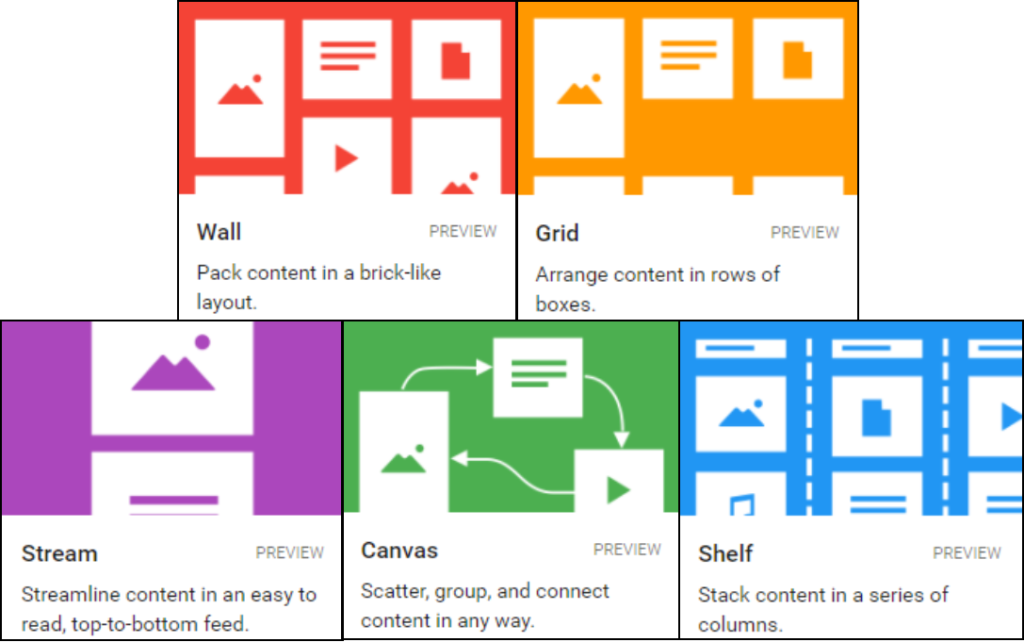From Faculty Focus
March 15th, 2012
Balancing Act: Managing Instructor Presence and Workload When Creating an Interactive Community of Learners
Tammy Stuart Peery and Samantha Streamer Veneruso
Increasingly, online educators are faced with two key directives that are critical for student success and retention: increasing instructor presence and building a community of learners.
All too often, instructors with the best intentions try to implement these concepts by being hyper responsive, trying to maintain as close to a 24/7 presence in the online classroom as possible and responding to each student discussion posting, blog, or wiki. Such an approach, however, leaves instructors exhausted, burned out, or frustrated. Worse, too much instructor presence can actually impede students from taking more responsibility for their learning, prevent critical thinking, and downplay the value of student-to-student interaction.
Others try to meet this need through the use of automated feedback to provide instant canned responses to student work, but this approach can leave students wondering if a “roboteacher” is in charge of the class rather than a real person. Furthermore, “building a community of learners” is often interpreted as a directive to create group projects for the sake of student interaction, even though many teachers groan at the thought of another difficult to manage group project that is time consuming and unpopular with students.
Online instructors can avoid these pitfalls and truly reap the benefits of strong presence and building a community if they clearly communicate how and when they will provide feedback to students and design assignments and materials that focus on student interaction from the beginning.
The benefits of designing and facilitating a course with strong student-to-student interaction are too powerful to ignore. Students become more engaged in an interactive class, and retention rates improve. They also feel less isolated in the online environment when they have a solid connection to their peers. In addition, students must think more critically in a class with high levels of student-to-student interaction, really engaging more in thinking about and applying the material rather than simply skimming the surface of it. Harnessing the students’ perspectives and interests creates more and varied class discussions that are truly relevant to their needs and abilities.
Clearly, though, in order to bring the students into a more prominent position, the role of the instructor must shift. In a course that is primarily instructor-led, the teacher is the center of the action and attention. Students rely on the teacher for correct answers, often without taking the time to explore why those answers are correct or the process used to arrive at them. In this type of environment, the instructor can feel overwhelmed by student questions, and students can feel isolated from others in their classes. While material is delivered efficiently, it is not necessarily delivered effectively. In contrast, a course with student-to-student interaction places the learner at the center of the action and attention. The instructor becomes a facilitator rather than a director, responding to and encouraging student ideas rather than simply answering questions. In this environment, the teacher has more time to provide substantive comments because he/she is not responding to every question. Students feel less isolated and are more proactive in their learning because they are engaging with others.
Encouraging student-to-student interaction in online coursework
There are a number of ways to encourage student-to-student interaction in online courses. Of utmost importance is setting the expectation for student participation from the first day they log in to the course. The course syllabus should set clear guidelines for participation expectations (number of posts, frequency of posts, types of posts, sample student posts) as well as netiquette expectations. The instructor does need to plan to be more frequently present in the first few weeks to encourage and reinforce this participation. It’s particularly important that instructors notice when students aren’t participating and give them a gentle nudge to reinforce how important their interaction is through an email or phone call. As the course progresses, each major assignment should have a student-to-student interactive component that is clearly explained and modeled in the assignment description.
In addition, students should be provided with rubrics or other measures that clearly indicate how their interaction with each other will be assessed and why it’s important to their understanding of the material. When instructors clearly communicate a relevant purpose for the interaction as well as a clear assessment method, students become more confident and interested in participating.
Another element that is especially key is including a self-reflective component, where students can think about how and when they are participating and make a plan for how they might participate even more fully. Once students are given the opportunity to take stock of how much they’ve done and learned by participating with each other, they really grow to value the opportunities the teacher provides to interact.
As a course moves forward, instructors can then be more targeted in their communication with students, sending personalized feedback each week to a different group of students, or summarizing a discussion rather than responding to each post within it. Doing so allows the student interaction to be the focus of the discussion rather than the instructor’s response to each individual being paramount.
While creating a facilitation plan encouraging student-to-student interaction is essential, creating a highly interactive course balanced with a strong instructor presence is more than an issue of facilitation strategy; it really begins at the course design level. Incorporating assignments such as student-led discussions, wikis or blogs, student-prepared study guides, student-generated test questions, peer assessments, group projects, problem-based assignments, and question/answer areas in which students can respond to each other is the foundation for generating student participation. Similarly, discussion questions or topics need to be carefully designed to generate multiple thoughtful responses rather than soliciting simple yes or no or single correct answer responses. When this type of interaction is built into a course from the ground up through scaffolded or interrelated assignments, student-to-student interaction becomes the main expectation of the course, rather than the exception.
Increasing student-to-student interaction in online courses asks learners to become stronger critical thinkers. They must not only read and understand the text, but must also develop good questions that elicit responses from their classmates and formulate responses that further the discussion and encourage ideas from others. True, sometimes, they’ll get some things wrong—but those can be used as teachable moments, with other students explaining their different answers and how they arrived at them, and certainly, the teacher will still be present to clarify and extend the discussions as needed. When students respond to each other, they are not only thinking more deeply, they are building community and learning to work as teams. Students become more engaged with each other and the class and are often more successful as a result. Implementing strategic course design and targeted interaction with students allows instructors to create a balance that is to the benefit of both teachers and students.
Tammy Stuart Peery is an assistant professor and English department chair at Montgomery College in Germantown, Md. In 2010 she was recognized at the Maryland Distance Education Association’s Distance Educator of the Year.
Samantha Streamer Veneruso is an associate professor and English department chair at Montgomery College in Rockville, Md. She is a certified Quality Matters online course reviewer and her course En 101, Techniques of Reading and Writing I, was awarded Quality Matters certification.
Excerpted from Online Classroom (January 2011): 3,8




